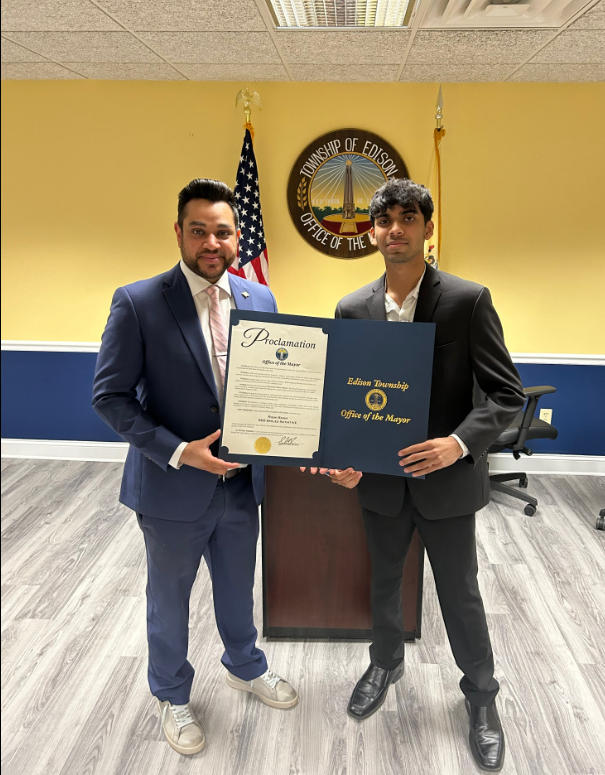Facemasks: The Physical vs. Psychological Effects

April 1, 2022
In April of 2020, the CDC announced mask guidelines and recommended that people wear masks in public. This mandate appear to have been extremely successful at preventing the spread of COVID-19 as masks filter out air particles and prevent the user from coming into contact with germs.
As COVID-19 cases have rapidly declined partially thanks to the use of facemasks, the guidelines have become less strict and even lifted completely in some areas. Although masks have proven to protect the physical health of citizens, the psychological effects of wearing masks for over a year have started to come to light.
Because facemasks conceal such a large portion of the face, recognizing otherwise obvious social aspects within a conversation becomes extremely difficult. This includes understanding emotions and impacting conversation.
However, possibly the most interesting of all is identifying our peers after being introduced to them with facemasks.
Our brains are constantly manufacturing information in order to compensate for unexplainable “gaps.” When our brains register missing information, they perform what is known as perceptual restoration in order to fill in the blanks.
A popular example of this phenomenon comes from a 2008 YouTube video titled “Awareness Test.” Originally posted to bring awareness to cyclist accidents, the viewer is asked to count the number of passes two teams make to each other in a basketball game. Because the viewer is concentrating specifically on the two teams, they completely miss the individual wearing a bear costume moonwalking across the court. The video ends by encouraging motorists to watch out for pedestrians and cyclists.
The experiment’s sole purpose is to provide shock-factor and humor when addressing how our brains simply fill in the gaps when we are not looking out for them.
Interestingly enough, the idea of perceptional restoration can also be applied to those wearing facemasks. When we are constantly around an individual that we have never seen without a facemask, it can be shocking to see his or her face when it is not concealed. Our brains dislike the gaps created by the facemasks and cause us to develop our own idea of a person’s facial features. This, in return, causes difficulty in identifying those who are around us.













